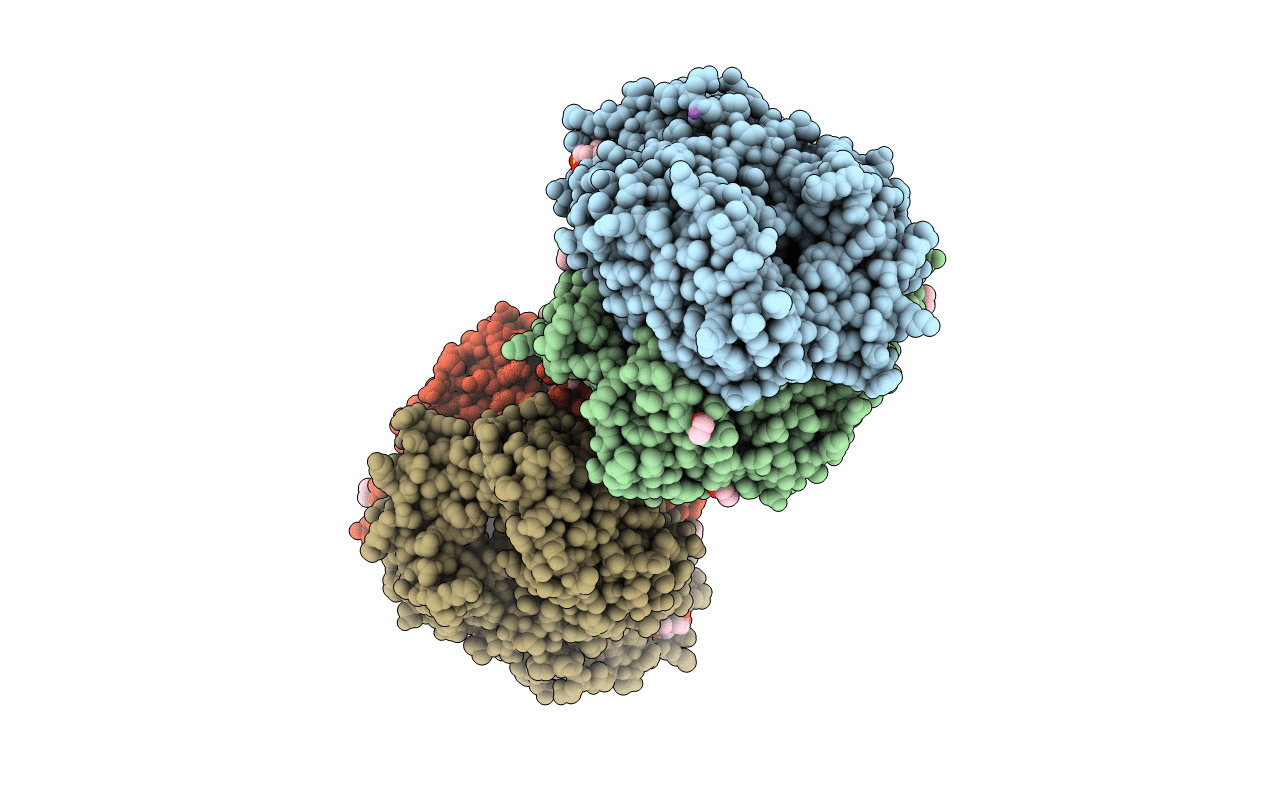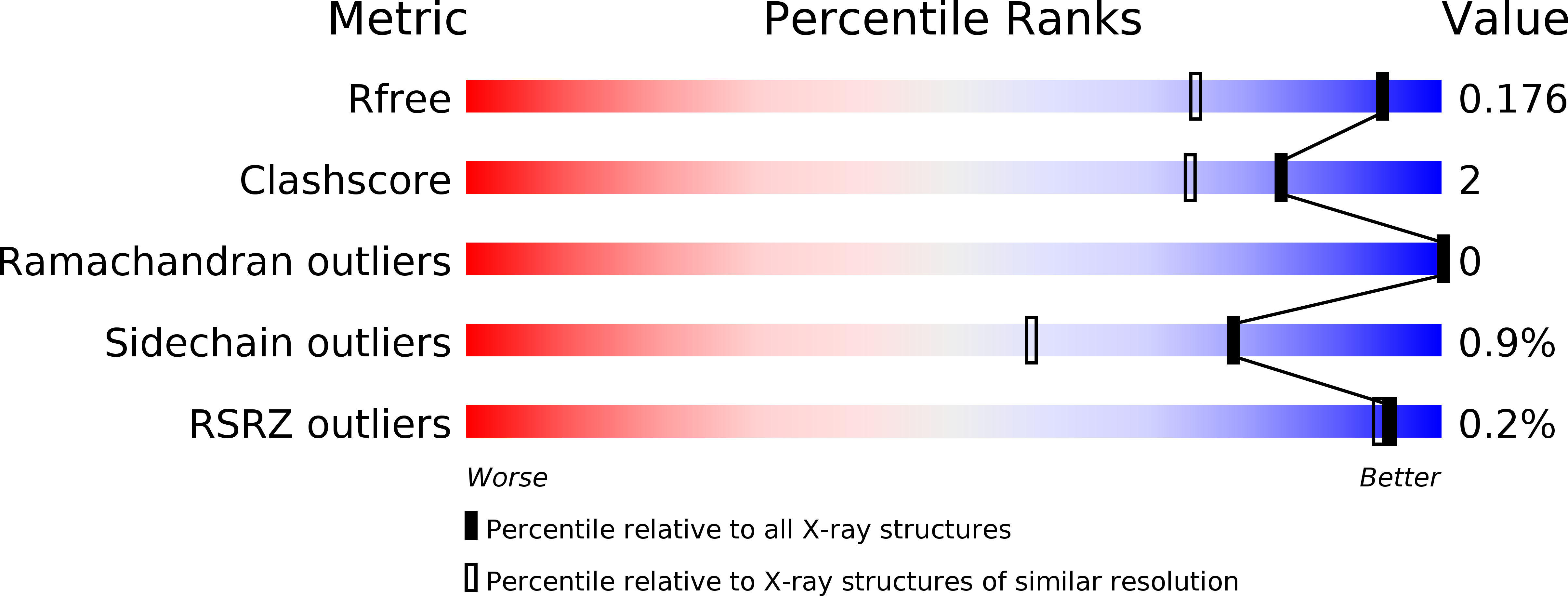
Deposition Date
2017-03-28
Release Date
2017-10-04
Last Version Date
2024-01-17
Entry Detail
PDB ID:
5NJA
Keywords:
Title:
E. coli Microcin-processing metalloprotease TldD/E with angiotensin analogue bound
Biological Source:
Source Organism:
Escherichia coli str. K-12 substr. MG1655 (Taxon ID: 511145)
Homo sapiens (Taxon ID: 9606)
Homo sapiens (Taxon ID: 9606)
Host Organism:
Method Details:
Experimental Method:
Resolution:
1.40 Å
R-Value Free:
0.17
R-Value Work:
0.13
R-Value Observed:
0.13
Space Group:
P 1 21 1


